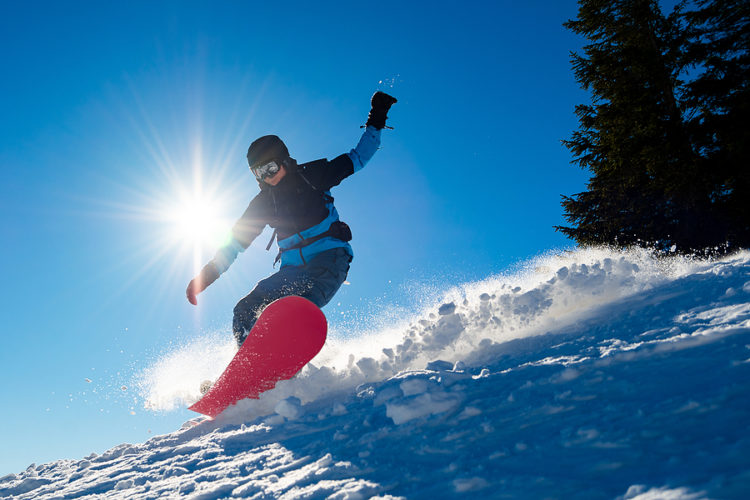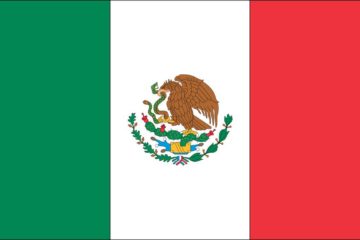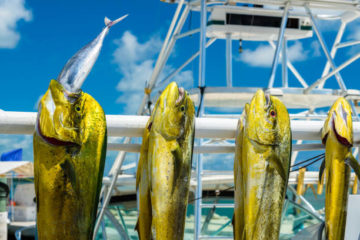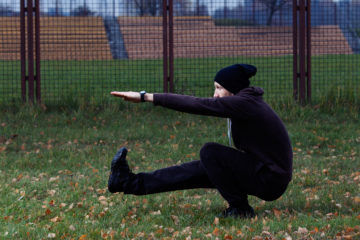Snowboard Riding Made Enjoyable

By M S Sharma July 03, 2021
Snowboard is a winter sports recreational tool which, gliding on snow, provides thrill, physical exercise, fun and entertainment to the players. Equally, it keeps the onlookers also engaged mentally. Snowboard is different from monoskiing.
Snowboard involves standing with feet perpendicular to the length of the board, while in monoskiing, the player stands with feet in the direction of moving. Snowboard tips are most useful for choosing the correct size and for playing. Players use extra fittings such as special boots and bindings in competitions to keep themselves secure.
The origin: Vern, a 13-year old of Minnesota, first designed this snowboard, then called “bunker,” in 1939. Later, in 1965, taking cue from water ski board and as a Winter entertainment for his children, Sherman Poppen of Muskegon followed it up with the modern snowboard naming it Snurfer (a portmanteau of snow and surfer).
Today, it has undergone many modifications bringing increased comfort and safety. Over time, the snowboard spread to France and other countries occupying a prime place. A snowboard today costs higher than $600 inclusive of boots and bindings.
Types: Snowboard appears in varied shapes and sizes catering to differing snow conditions and riding techniques adopted. Some are:
Youth size, which is shorter measuring 35 inches, is used as snowboard for beginners or children. Besides, this shorter type proves ideal as a snowboard for tricks and other special purposes while playing in snow parks in freestyle skiers.
Freestyle: This is shorter, and fit for playing in pipes and parks with various terrains, having medium to soft flex, twin-tip shape for bothways- riding, and deep sidecuts for easy turnings.
Freeride: Medium to stiff flex, this is longer than freestyle and park types, and usable typically directional even under extreme mountain slopes with groomed or powdery snow.
All mountain: A hybrid of freestyle and freeride types, very commonly in use, this is twin-tip, but with more flex at the front.
Dual snowboards: Two boards, one for each foot, this facilitates performing snowboard tricks easily.
Splitboard: A snowboard which separates into halves lengthwise with facility for the bindings to connect with hinges. This in turn ensures longitudinal alignment for backcountry skiing. Once, over, the two parts can again be put back for making the usual sliding.
Powder: This is only directional, with a wider tip, rockered nose and reducing shape.
Alpine or racing: Coming with long, sturdy directional shape, fitted with tough plastic snowboard boots or soft boots, this is most popular for races on groomed ice surface.
Carroll planted his left leg and the knee seems to get twisted. The injury was immediate and Carroll was found to be completely collapsed after the injury. He hit the hardwood floor hard with his hands in extreme pain and then he turned over onto his stomach.
The injury appeared to be extremely severe and the whole arena came to utter silence, when the injury took place. Teammates and coaching stuffs were in deep shock due to this injury. His teammate helped him to leave the pitch and trainer Wally Blase pushed some medicines for instant healing.
The timing of the injury is a grave concern for his team. Just after the first game, this injury took place and Carroll had a significant role to play for his team this season.
Later, in 1965, taking cue from water ski board and as a Winter entertainment for his children, Sherman Poppen of Muskegon followed it up with the modern snowboard naming it Snurfer (a portmanteau of snow and surfer).
Today, it has undergone many modifications bringing increased comfort and safety. Over time, the snowboard spread to France and other countries occupying a prime place. A snowboard today costs higher than $600 inclusive of boots and bindings.
Types: Snowboard appears in varied shapes and sizes catering to differing snow conditions and riding techniques adopted. Some are:
Youth size, which is shorter measuring 35 inches, is used as snowboard for beginners or children. Besides, this shorter type proves ideal as a snowboard for tricks and other special purposes while playing in snow parks in freestyle skiers.
Freestyle: This is shorter, and fit for playing in pipes and parks with various terrains, having medium to soft flex, twin-tip shape for bothways- riding, and deep sidecuts for easy turnings.
Freeride: Medium to stiff flex, this is longer than freestyle and park types, and usable typically directional even under extreme mountain slopes with groomed or powdery snow.
All mountain: A hybrid of freestyle and freeride types, very commonly in use, this is twin-tip, but with more flex at the front.
Dual snowboards: Two boards, one for each foot, this facilitates performing snowboard tricks easily.
Splitboard: A snowboard which separates into halves lengthwise with facility for the bindings to connect with hinges. This in turn ensures longitudinal alignment for backcountry skiing. Once, over, the two parts can again be put back for making the usual sliding.
Powder: This is only directional, with a wider tip, rockered nose and reducing shape.
Alpine or racing: Coming with long, sturdy directional shape, fitted with tough plastic snowboard boots or soft boots, this is most popular for races on groomed ice surface.
Carroll planted his left leg and the knee seems to get twisted. The injury was immediate and Carroll was found to be completely collapsed after the injury. He hit the hardwood floor hard with his hands in extreme pain and then he turned over onto his stomach.
The injury appeared to be extremely severe and the whole arena came to utter silence, when the injury took place. Teammates and coaching stuffs were in deep shock due to this injury. His teammate helped him to leave the pitch and trainer Wally Blase pushed some medicines for instant healing.
The timing of the injury is a grave concern for his team. Just after the first game, this injury took place and Carroll had a significant role to play for his team this season.
Later, in 1965, taking cue from water ski board and as a Winter entertainment for his children, Sherman Poppen of Muskegon followed it up with the modern snowboard naming it Snurfer (a portmanteau of snow and surfer).
Today, it has undergone many modifications bringing increased comfort and safety. Over time, the snowboard spread to France and other countries occupying a prime place. A snowboard today costs higher than $600 inclusive of boots and bindings.
Visit On:https://crazylearner.org
sooperarticles.com







No Comment